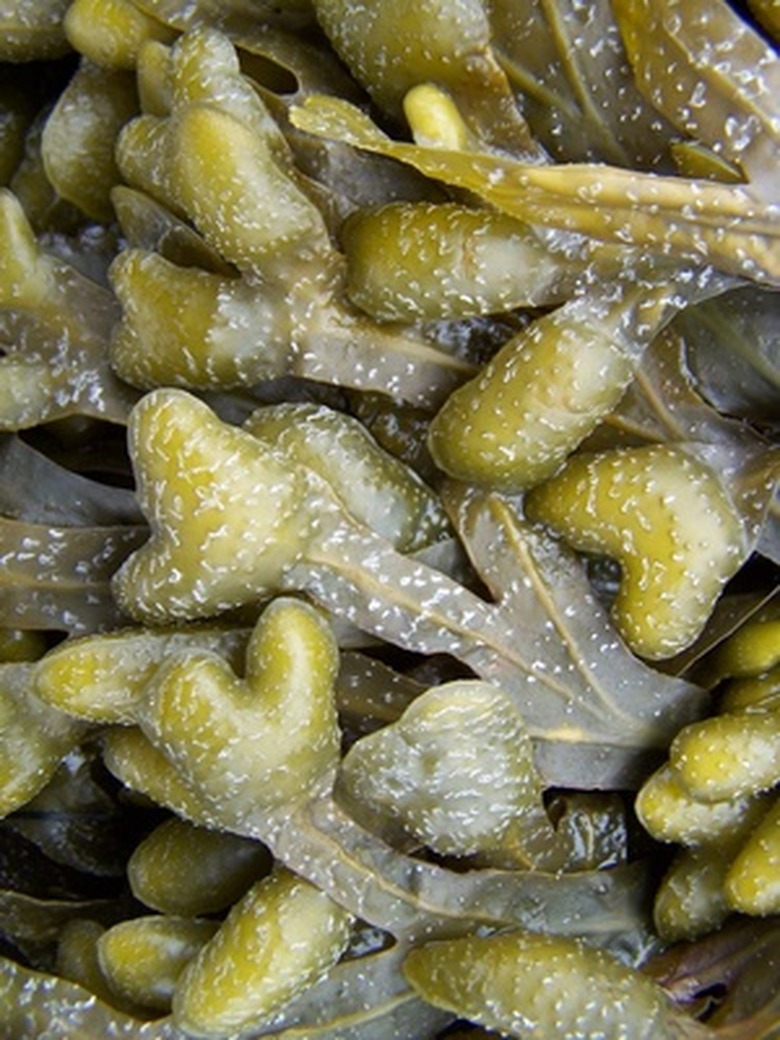The Most Common Ocean Plants
The world's oceans cover more than 70 percent of the Earth's surface. This connected system of oceans provides a home for millions of creatures, even some that do not draw any energy from the sun. Plant life which originated, along with all other life, in the oceans is still abundant, but some plants have done better than others and are the most common plants in the ocean.
Phytoplankton
Phytoplankton
Phytoplankton is a term used to represent several varieties of small marine plants living in the ocean. In fact, phytoplankton, including diatoms and algae, are not only the most numerous plants in the ocean, but also one of the most numerous organisms in the world. The key to their staggering numbers is the way they get energy. These phytoplankton float on top of the ocean where the sun is brightest and soak up the energy they use to procreate. As they die, they become additional food for their descendants. This winning design has made it possible for them to breed into the billions. According to the Museum of Science in Boston, "A bucket of sea water might hold a million microscopic diatoms which are relatives of seaweed encased in glassy boxes."
Sea Grass
Sea Grass
More recognizable as plants, the most common deep sea plant is sea grass. This group of deep sea plants is a part of the Posidonia family and includes several species of grasslike green plants that sit on the bottom of the sea bed and grow up, as land grass does in the air. The plant draws its energy from the dim sunlight that penetrates the water at that level. Because less light penetrates the deep sea where sea grass grows, sea grass varietals grow slowly. These plants help to protect the underwater land masses from erosion and help absorb wave and current impacts.
Seaweed
Seaweed
Closer to shore, seaweeds such as kelp grow in abundance and can surround shorelines with lush leaves reaching from the sea bed up to the air. These weeds can create vast forests if nutrients such as sunlight and minerals are in abundance and can support entire ecosystems, including breeding grounds for fish and territories for sea otters. These plants may look like giant lily pads but are in fact descendants of single-celled algae and the phytoplankton that still live in abundance on the ocean surface.
Cite This Article
MLA
Russell, Sean. "The Most Common Ocean Plants" sciencing.com, https://www.sciencing.com/the-most-common-ocean-plants-12003863/. 21 July 2017.
APA
Russell, Sean. (2017, July 21). The Most Common Ocean Plants. sciencing.com. Retrieved from https://www.sciencing.com/the-most-common-ocean-plants-12003863/
Chicago
Russell, Sean. The Most Common Ocean Plants last modified March 24, 2022. https://www.sciencing.com/the-most-common-ocean-plants-12003863/
